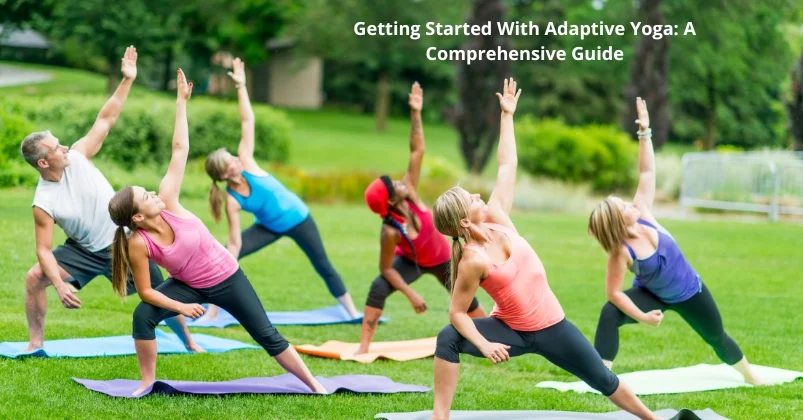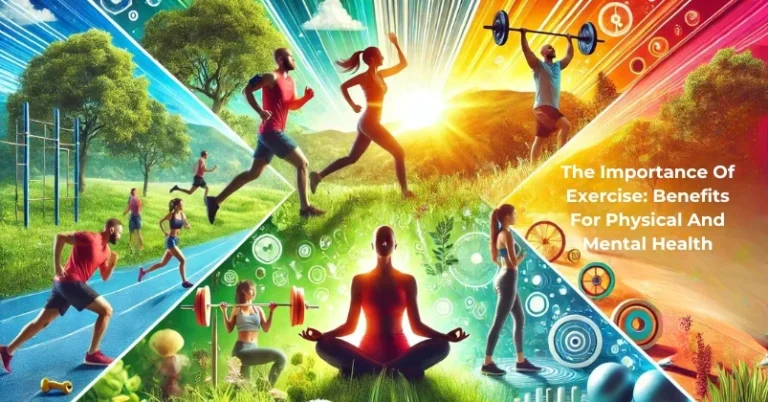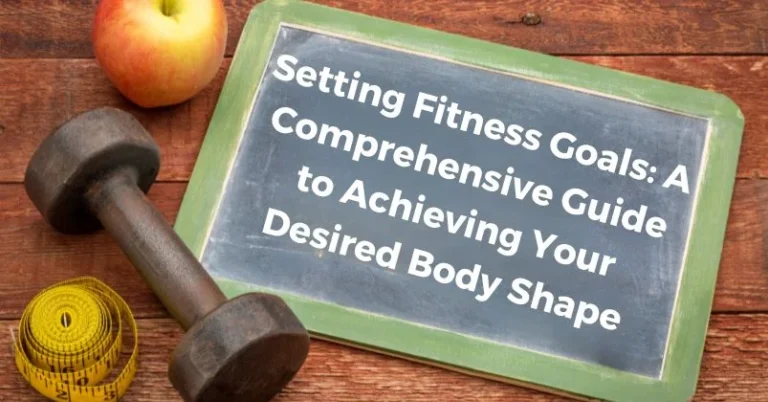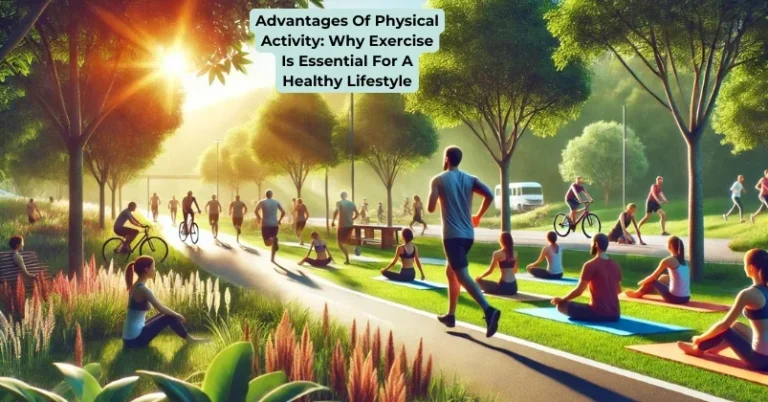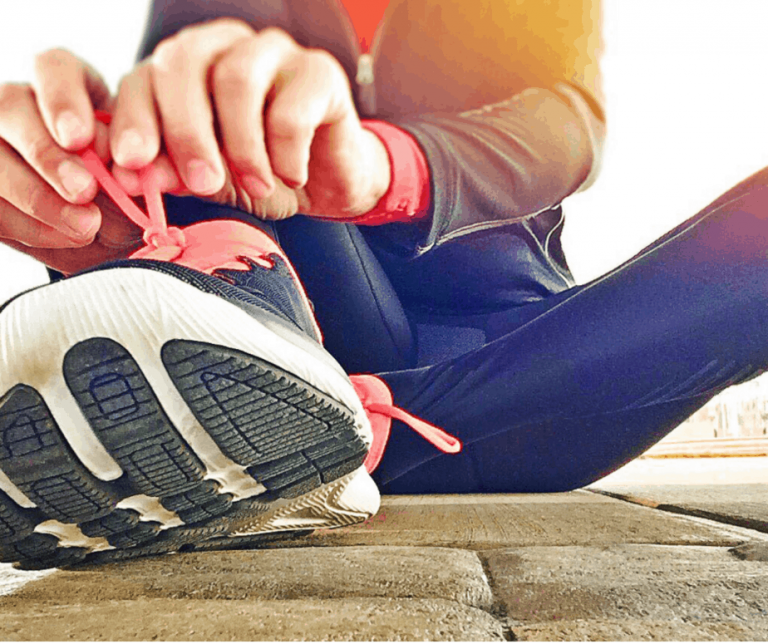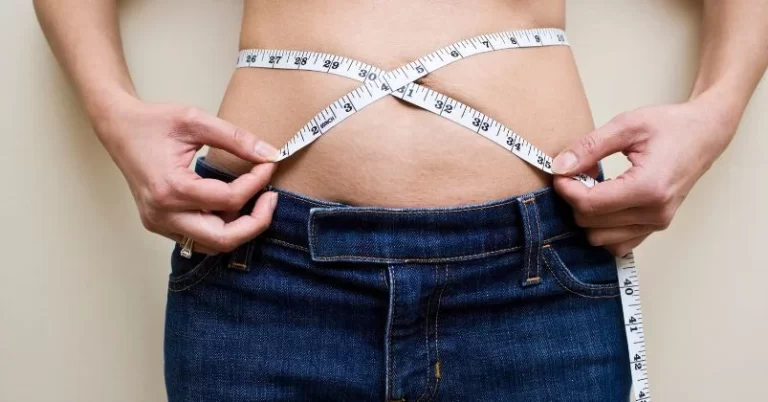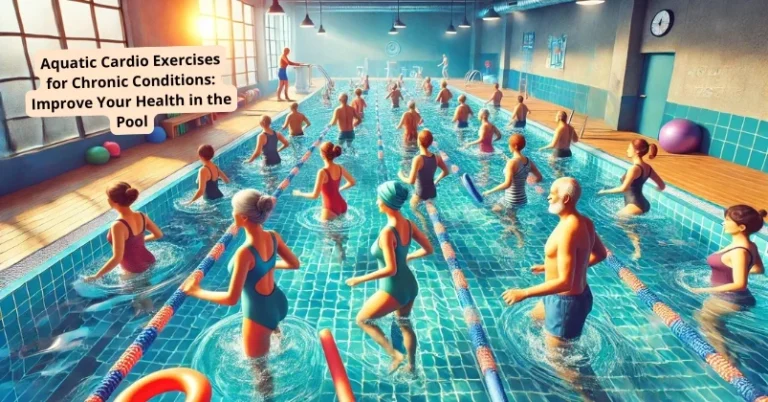Getting Started With Adaptive Yoga: A Comprehensive Guide
Adaptive yoga is a practice that has been gaining popularity in recent years. It is a style of yoga that is accessible to all, regardless of age, ability, or physical condition. Adaptive yoga is a great way to improve flexibility, strength, and balance, while also reducing stress and anxiety.
Understanding adaptive yoga is important before getting started. It is a style of yoga that is designed to be inclusive, with multiple variations offered to allow poses to be adapted to people's unique needs. Adaptive yoga is suitable for everyone, including those with disabilities, chronic pain, and other conditions that may make traditional yoga difficult.
If you are interested in getting started with adaptive yoga, there are many benefits to be gained. Adaptive yoga can help improve your overall health and well-being, as well as increase your flexibility, strength, and balance. It can also be a great way to reduce stress and anxiety and improve your mood and overall quality of life.
Key Takeaways
- Adaptive yoga is a style of yoga that is accessible to all, regardless of age, ability, or physical condition.
- Adaptive yoga is designed to be inclusive, with multiple variations offered to allow poses to be adapted to people's unique needs.
- Adaptive yoga can help improve your overall health and well-being, as well as increase your flexibility, strength, and balance.
Understanding Adaptive Yoga
Adaptive yoga is a style of yoga that is accessible to everyone, regardless of their physical abilities. It is a form of yoga that is adapted to meet the specific needs of individuals with physical limitations, injuries, or disabilities.
The physical practice of yoga can be challenging for some individuals, especially those with physical limitations. Adaptive yoga offers a way for these individuals to practice yoga safely and without causing further injury or discomfort.
Adaptive yoga is a style of yoga that considers all bodies and abilities. It's accessible to everyone, and multiple variations are taught, allowing the poses to be adapted to specific needs. From a yoga therapy perspective, all yoga is adaptive. All yoga is therapeutic and modified to meet students' needs.
Adaptive yoga is not a separate style of yoga, but rather a way of adapting the physical practice of yoga to meet the individual needs of each student. It is a style of yoga that emphasizes the importance of listening to the body and adapting the practice to meet the needs of the individual.
In adaptive yoga, the focus is on the benefits of each asana and yoga practice to determine how to best implement these practices without straining one's physical, mental, or emotional condition. This means that students can modify yoga poses to fit their physical condition, whether they need to perform asanas sitting on a chair or lying on the floor.
Overall, adaptive yoga is a style of yoga that is accessible to everyone, regardless of their physical abilities. It is a style of yoga that emphasizes the importance of listening to the body and adapting the practice to meet the needs of the individual. It is a great way for individuals with physical limitations or injuries to practice yoga safely and without causing further injury or discomfort.
Benefits of Adaptive Yoga
Adaptive yoga is a style of yoga that is accessible to everybody. It incorporates gentle movements and poses with focused breathing, making it a safe and supportive practice that can be adapted to people's unique needs. Multiple variations are generally offered, allowing the poses to be adapted to people's physical limitations.
Physical Benefits
Adaptive yoga can help to improve balance, strength, and flexibility. It can also help to improve balance ability and walking speed, making it a great option for those who want to enhance their physical well-being. Additionally, it can help to reduce pain and stiffness and improve sleep quality.
Psychological Benefits
Adaptive yoga can also have a positive impact on psychological well-being. It can help to reduce anxiety and stress and improve self-compassion. Practicing yoga regularly can also improve social well-being, as it provides an opportunity to connect with others who share similar interests and goals.
In summary, adaptive yoga is a safe and supportive practice that can be adapted to people's unique needs. It offers a range of physical and psychological benefits, including improved balance, strength, flexibility, and quality of life. By incorporating adaptive yoga into your routine, you can improve your overall well-being and enjoy a more balanced and fulfilling life.
Adaptive Yoga for Different Conditions
Adaptive yoga is a form of yoga that is designed to be accessible to people with various conditions, including mobility issues, neurological deficits, and chronic conditions. Here are some ways that adaptive yoga can be tailored to meet the needs of people with different conditions:
Adaptive Yoga for Mobility Issues
Adaptive yoga can be beneficial for people with mobility issues, including those who use wheelchairs or have limited mobility due to injury or illness. Yoga poses can be modified to be done while seated or using props to support the body. For example, a seated forward bend can be done with the support of a chair or blocks to make it more accessible. Poses that involve standing can be done using a wall or chair for support.
Adaptive Yoga for Neurological Deficits
Adaptive yoga can also be helpful for people with neurological deficits, such as cerebral palsy, multiple sclerosis, Parkinson's disease, and brain injuries. Yoga can help improve balance, coordination, and flexibility, as well as reduce stress and anxiety. Poses can be modified to be done while lying down or using props for support. For example, a supported bridge pose can be done using a block or bolster to support the back.
Adaptive Yoga for Chronic Conditions
Adaptive yoga can also be beneficial for people with chronic conditions, such as spinal cord injuries, spina bifida, and other physical disabilities. Yoga can help improve range of motion, reduce pain and stiffness, and promote relaxation. Poses can be modified to be done while seated or using props for support. For example, a seated spinal twist can be done using a chair for support.
Overall, adaptive yoga can be a great way for people with various conditions to experience the benefits of yoga in a safe and accessible way. It's important to work with a qualified yoga instructor who has experience working with people with different conditions to ensure that poses are modified appropriately and that the practice is safe and effective.
Adaptive Yoga Props and Modifications
Adaptive yoga is all about making yoga accessible to everyone, regardless of their physical abilities or limitations. One of the most important aspects of adaptive yoga is the use of props and modifications. Props and modifications help support the body, making it easier to get into and hold poses. They also help to prevent injury and ensure proper alignment.
Using Blocks and Blankets
Blocks and blankets are two of the most commonly used props in adaptive yoga. Blocks can be used to provide support and stability in standing poses, while blankets can be used to cushion the knees or hips in seated poses. Blocks can also be used to help bring the floor closer to the body, making it easier to get into poses. Blankets can be used to provide extra padding for those with sensitive knees or hips.
Yoga in Chairs
For those who have difficulty getting up and down from the floor, yoga in chairs is a great option. Chair yoga is a form of adaptive yoga that uses chairs to provide support and stability. Many yoga poses can be adapted to be done in a chair, including seated twists, forward folds, and even some standing poses. Chair yoga is a great option for those with limited mobility or who are recovering from an injury.
Adapting Yoga Poses
Adaptive yoga is all about modifying poses to make them accessible to everyone. There are many ways to adapt yoga poses, including using props, modifying the pose itself, or using multiple variations of the same pose. For example, a simple modification for a downward-facing dog is to use blocks under the hands to bring the floor closer to the body. Another example is to use a wall for support in a tree pose.
In conclusion, props and modifications are essential to adaptive yoga. They help to provide support, prevent injury, and ensure proper alignment. Whether you're using blocks and blankets, practicing yoga in chairs, or adapting yoga poses, there are many ways to make yoga accessible to everyone.
Getting Started with Adaptive Yoga
Adaptive yoga is a style of yoga that is accessible to everybody, including those with disabilities and physical challenges. If you're interested in practicing adaptive yoga, there are a few things to keep in mind to ensure you have the best experience possible.
Finding the Right Yoga Teacher
Finding the right yoga teacher is crucial when it comes to practicing adaptive yoga. Look for a teacher who is experienced in working with students who have disabilities or physical challenges. Some well-known teachers in the adaptive yoga community include Matthew Sanford, Jivana Heyman, Dianne Bondy, and Joann Lyons.
One way to find an experienced adaptive yoga teacher is to search for live or recorded classes on YouTube. Many teachers offer free classes or workshops that you can try from the comfort of your own home.
Choosing the Right Yoga Class
When it comes to choosing the right yoga class, it's important to consider your individual needs and abilities. If you're new to yoga, it's best to start with a traditional yoga class or a specialized class for beginners.
If you have a disability or physical challenge, look for specialized classes that cater to your specific needs. Chair yoga is a popular option for those with limited mobility, while restorative yoga is great for individuals who need a slower-paced practice.
Practicing Yoga at Home
Practicing yoga at home can be a great way to supplement your in-person classes. However, it's important to remember that practicing yoga at home can be risky if you're not familiar with the poses.
If you're new to yoga, consider taking a few in-person classes before practicing at home. Once you're comfortable with the poses, you can use online resources such as YouTube videos or online classes to supplement your practice.
In conclusion, finding the right yoga teacher, choosing the right yoga class, and practicing yoga at home are all important factors to consider when getting started with adaptive yoga. By taking the time to find the right resources and approach your practice with mindfulness and intention, you can enjoy all the benefits that adaptive yoga has to offer.
Adaptive Yoga and the Community
Adaptive yoga is a style of yoga that considers all bodies and abilities, making it accessible to everyone. It is a great way to connect with the community and practice mindfulness in a supportive environment. Many nonprofits and organizations offer adaptive yoga classes for individuals with unique needs, allowing them to experience the benefits of yoga in a safe and welcoming space.
One of the key elements of adaptive yoga is breathing. Breathing exercises are fundamental to yoga and can help reduce stress and anxiety. Mindfulness is also a central component of adaptive yoga, as it helps individuals connect with their mind and body, promoting overall well-being.
Adaptive yoga is often taught in smaller group settings, allowing for individualized attention and pacing. This can be especially helpful for individuals who may need physical assistance or have specific needs. Sweat Bay Area and Ability Now Bay Area are two organizations that offer adaptive yoga classes in the Bay Area.
Melissa Crisp-Cooper and Owen Cooper are two adaptive yoga instructors who have dedicated their practice to helping individuals with disabilities. Mind Body Solutions is another nonprofit that provides adaptive yoga classes for individuals with unique needs.
In conclusion, adaptive yoga is a wonderful way to connect with the community and practice mindfulness in a supportive environment. With the help of nonprofits and organizations, individuals with unique needs can experience the benefits of yoga in smaller group settings with individualized attention and pacing.
Adaptive Yoga for Older Adults
Adaptive yoga is an excellent way for older adults to stay active and improve their overall health and well-being. As we age, our bodies undergo numerous changes that can make it challenging to engage in physical activity. Adaptive yoga is designed to be personalized and modified to meet the unique needs of each individual, regardless of age, body type, or ability level.
For older adults, adaptive yoga can be particularly beneficial in maintaining and improving mobility, balance, and flexibility. It can also help to alleviate stress, improve mood, and promote relaxation. Additionally, adaptive yoga can be an effective form of physical therapy for those recovering from specific injuries or dealing with impaired mobility.
One of the key benefits of adaptive yoga is that it can be tailored to accommodate specific conditions or comas. For example, chair yoga is an excellent option for older adults who may have difficulty standing or balancing for extended periods. It involves performing yoga poses while seated in a chair, making it accessible for those with impaired mobility or injuries.
Another advantage of adaptive yoga is that it can be personalized to meet the unique needs and abilities of each individual. A skilled instructor can modify poses and sequences to ensure that they are safe and effective for each student. This personalized approach can help older adults to feel more confident and comfortable in their practice.
In summary, adaptive yoga is an excellent way for older adults to stay active, improve their physical and mental well-being, and maintain their mobility and flexibility. With its personalized approach and ability to accommodate specific conditions and injuries, adaptive yoga is an accessible and effective form of physical activity for older adults of all ability levels.
FAQs
You can find adaptive yoga classes near you by searching online for yoga studios or community centers that offer classes specifically designed for individuals with disabilities. You can also check with local hospitals or rehabilitation centers to see if they offer adaptive yoga classes.
Some adaptive yoga poses for beginners include the seated forward bend, seated spinal twist, seated mountain pose, and seated warrior pose. These poses can be modified to accommodate different abilities and disabilities.
Yes, there are certification programs available for adaptive yoga teachers. Integral Yoga Therapy offers a certification program in Adaptive Yoga Teacher Training that examines the essential benefits of each asana and Yoga practice to determine how to best implement these practices without straining one's physical, mental, or emotional condition.
There are several online resources available for learning adaptive yoga, including YouTube channels such as Accessible Yoga and Yoga for Amputees, as well as websites such as Yoga Journal and Yoga International that offer articles and videos on adaptive yoga.
As a beginner, it is recommended to start with practicing yoga 2-3 times a week. This will allow your body to adjust to the practice and prevent injury. As you become more comfortable with the practice, you can increase the frequency and duration of your practice.
The purpose of adaptive yoga for people with disabilities is to make yoga accessible to all individuals, regardless of their physical abilities. Adaptive yoga focuses on improving flexibility, balance, strength, and breathing through simple poses that can be modified to accommodate different abilities and disabilities. Adaptive yoga can also improve the mind-body connection and overall well-being of individuals with disabilities.

